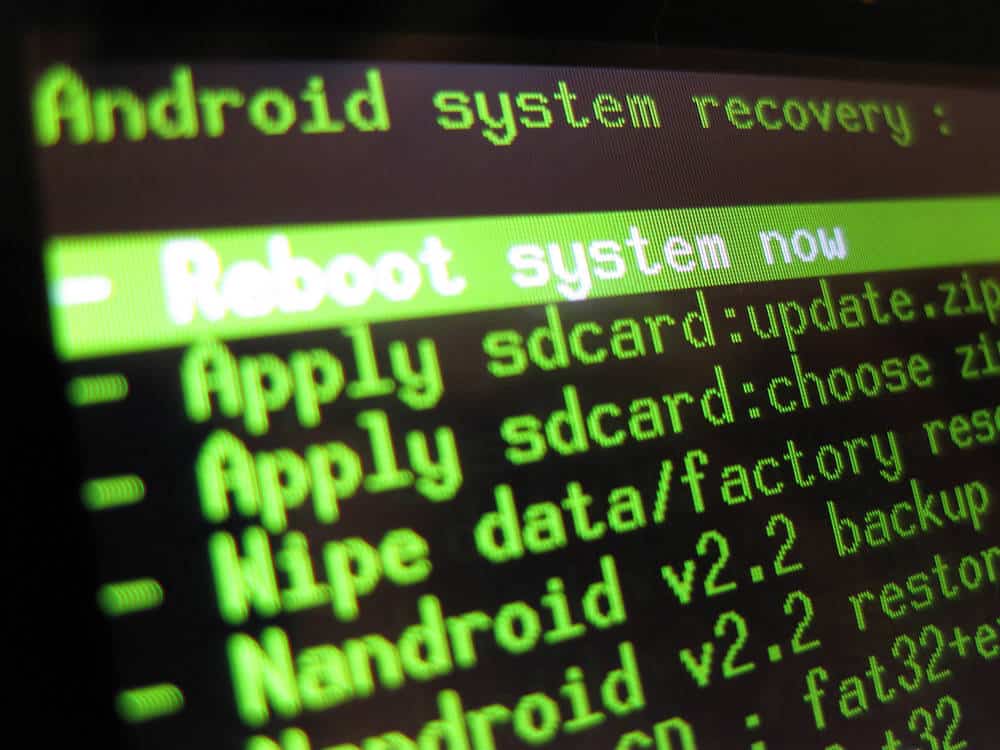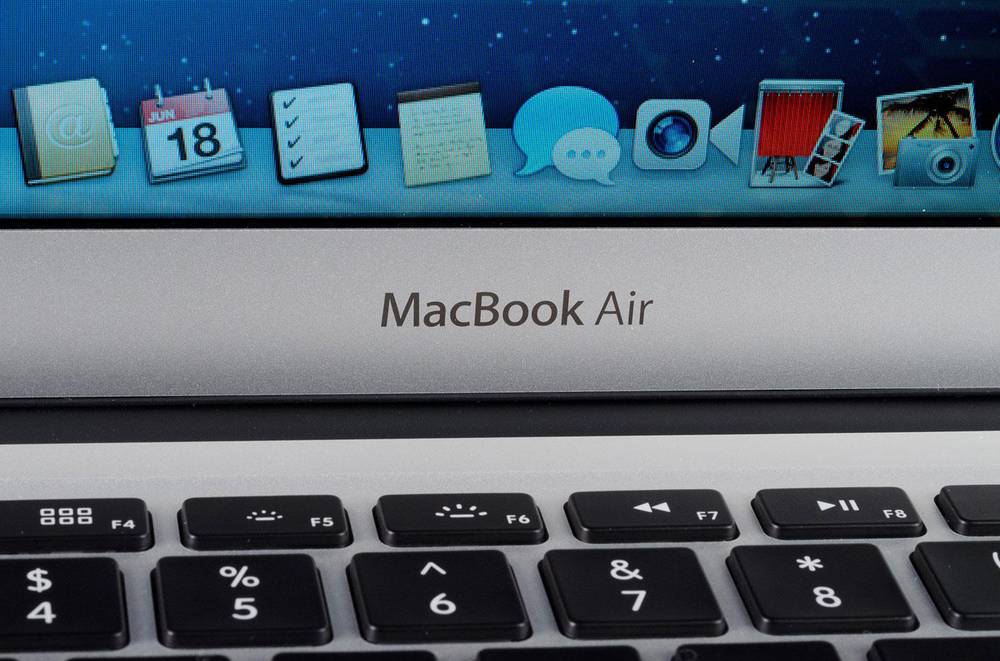Technology is everywhere. It is in our homes, offices, schools, hospitals, hotels, and almost every other place that exists. As technology is evolving by the day, insurance is also heavily relying on digital services. Embedded insurance has already found its way into the digital ecosystem of large enterprises, start-ups, and big and small brands.
Entities (not necessarily financial) are teaming up with underwriters to embed insurance products and services natively within the product or at the time of purchase. This latest technology has entirely changed the way the traditional insurance industry functions. While it has benefitted the distribution mode by making it easier to get customized and cheap insurance. It has also elevated the customer experience.
What is IaaS or embedded insurance?
IaaS or Insurance-as-a-Service, native insurance, or embedded insurance is a digital offering that, in collaboration with an insurance infrastructure, allows non-insurers to provide pre-built, easy-to-implement insurance products on their platform.
With embedded insurance, it has become easy for consumers to bypass the long and tedious process of buying insurance and get coverage for their commodity almost instantly while buying the commodity.
Embedded insurance is capturing different arenas
Insurance-as-a-Service (IaaS) is capturing every industry. With the consumers and enterprises adopting the latest digital services, embedded insurance is everywhere.
With protection or coverage embedded in the purchase of a service, product, or platform, it has become possible for insurers to enter every domain and sell their insurance products.
The growth of the embedded insurance model
With functionaries already working jointly on different platforms to extend their offerings to different ecosystems, even the non-insurers are getting equal opportunities to sell their partnered insurance products directly to their customers. It has fostered the growth of the embedded insurance model by leaps and bounds.
From small businesses trying to set their foot in their respective domains, looking for security to retailers selling expensive products, the embedded insurance model is allowing one and all to sell insurance to the consumers.
Embedded insurance for tech players
Embedded insurance is helping the tech players like digital services, SaaS, and e-commerce to multiply their impact and benefits. As these players have good control over the customers, they are well-suited to derive benefits from the embedded insurance model.
For instance, e-commerce websites that have control over their customer’s journey can offer insurance to the buyers when they need them (embedded with their product) and enhance conversion rates.
Furthermore, owing to the current scenario, it would not be wrong to say that customers trust digital services more than insurance brands. Insurers can use digital services to distribute their services. It further fortifies the relationship of brands with their customers and instills consumer’s faith in the insurer. Hence, it creates a win-win situation for both the digital service and the insurer.
Embedded insurance engages millennials
Millennials make up around 50 percent of the US population. However, they are the generation that is least involved with insurance. The complexity of traditional insurance methods and lack of faith in digital insurance options make them wary of investing in insurance.
However, embedded insurance has made them realize the value of getting protection. Buying something and getting insurance coverage as an add-on opens them to the idea of having insurance.
The bottom line
Embedded insurance is changing every fiber of the traditional insurance industry. With it, the world is experiencing a shift in the way insurance products are sold, bought, and distributed.
Furthermore, names like Salty are paving the way for the insurers to get a broader reach. The companies are personalizing, automating, and embedding traditional services to enhance the overall customer experience.




